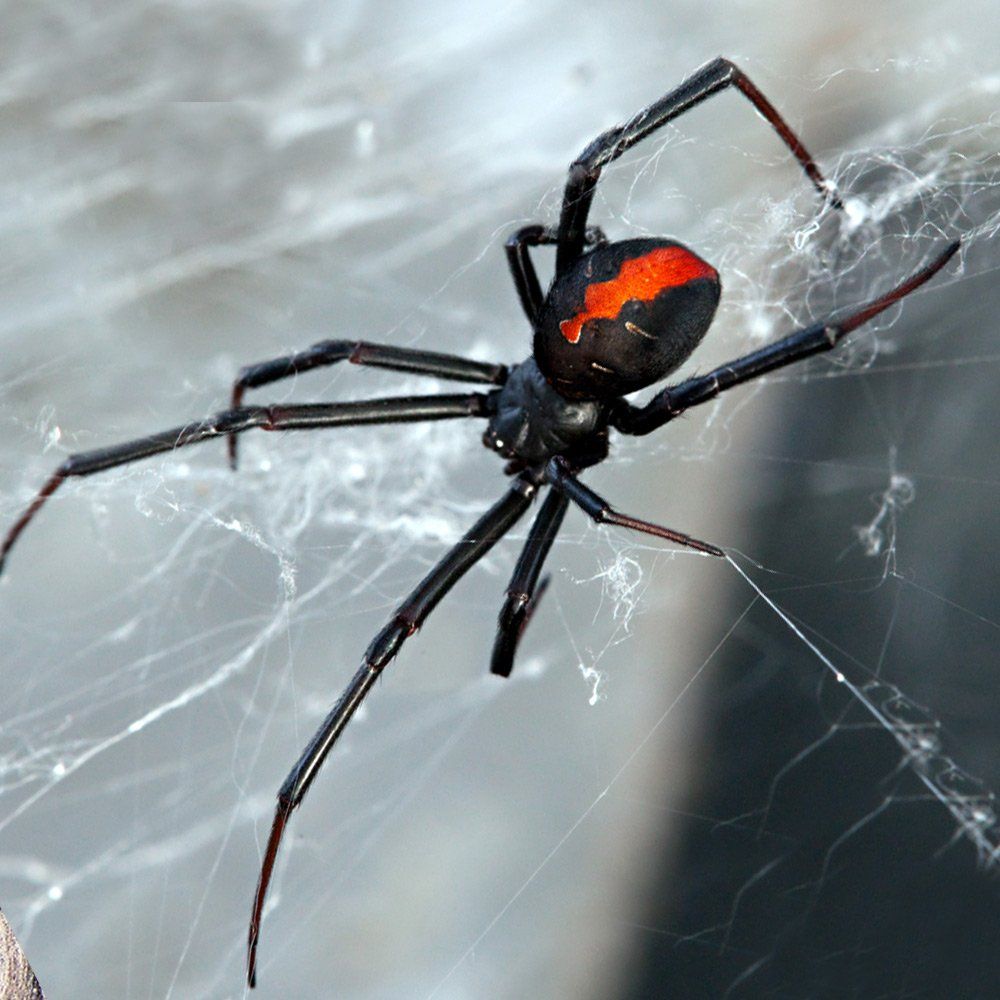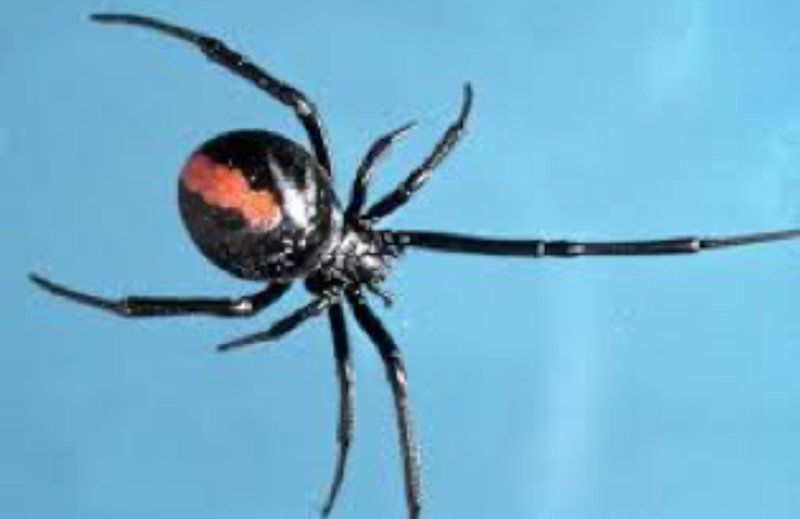Red Back Spider
RedBack Spider
> Back to Pest Library


The Redback Spider(Latrodectus hasseltii)
The red back spider is distributed nationwide through forests and scrublands. We as homeowners see them around pool fencing, steps, pot plants etc.
Features: The red and glossy black colour pattern of the female Redback Spider (about 10 mm in body length) makes it easily recognisable, although a duller lighter brownish -body and orange-yellow stripe colour is sometimes seen. The red stripe may be whole or broken and flanked by fine white lines. A reddish "hourglass" marking is always present underneath the abdomen. At first, juvenile females have more white colouring and a striped appearance. Males are small (3 to 4 mm body length), and retain a 'juvenile' colour pattern.
Redback spiders will build a web anywhere that provides a sheltered retreat, there webs are generally quite a messy construction, but are very effective in catching a varied array of prey; such as ants, beetles, spiders and skinks
.
Mating in Redback Spiders is characterised by sexual cannibalism. After a complex courtship routine, the male perches on the female's underside and inserts one of his palpal mating organs into her abdominal genital opening. He then somersaults through 180 degrees So that his abdomen rests against the female's fangs. As he inseminates her, She then begins to chew eat the end of his abdomen as he inseminates her. After 5-30 minutes of this, the mutilated male retreats onto the web, only to return and repeat the whole process using the other mating organ. This time he is either completely eaten by the female or dies soon after. This selfless behaviour may ensure that the sacrificed male maximises his sperm input and the female's fertility.
As the red-back is not a wanderer, most bites occur when the spider's web has been pulled down or disturbed. Less than 20% of all red-back spider bites actually result in significant envenoming.
Regular treatment of your property will ensure protection from redback spiders.
For more information
contact us today...
contact us today...
Phone:
02 4365 0596
Email:
Servicing Sydney, Central Coast
and Newcastle areas
Fully licensed and insured
Contact Us
Thank you for contacting us.
We will get back to you as soon as possible.
We will get back to you as soon as possible.
Oops, there was an error sending your message.
Please try again later.
Please try again later.
Talk to your
local experts
in Pest Control and Inspection Services
Talk to your
local experts
in Pest Control and Inspection Services
Our innovative pest control service is guaranteed to rid your premises of your insect problems, while our protection services make sure your property is always protected.
QUICK CONTACT
Thank you for contacting us.
We will get back to you as soon as possible.
We will get back to you as soon as possible.
Oops, there was an error sending your message.
Please try again later.
Please try again later.
CONTACT INFO
Address:
PO Box 3599, Erina NSW 2250
Phone:
Email:
Fully licensed and insured



